

Looking for an alternative to Contentful? Kontent.ai’s headless CMS offers both the flexibility and control required to smoothly scale global operations—without unexpected costs. Explore how we compare.
Trusted by








In this short video, see an overview of the Kontent.ai platform and learn how it helps organizations increase the speed and efficiency of their content operations.
 |  | |
|---|---|---|
Ease of use | An intuitive interface built for non-technical users. Minimal learning curve. | More complex interface with a higher learning curve and less focus on the authoring experience. |
Content governance | Advanced governance capabilities, including flexible workflows, roles and permissions, audit logs, and collections. | Offers governance features but lacks some advanced controls and detailed versioning. |
Workflow analytics | Mission Control gives every user a bird's-eye view of their project, helping them identify bottlenecks and areas for improvement. | No built-in analytics of content workflows. |
AI enhancements | AI Accelerators speed up work across all aspects of the content lifecycle: from automated tagging of content and assets, to writing assistance (including text summarization, changing voice and tone, etc.), to automatically translating content, and enforcing brand and content guidelines. | Contentful provides AI text, image, and content type generators, but does not provide full AI support across the entire content lifecycle. |
Customer support | 24x7x365 live support available for all customers, with an industry-leading customer satisfaction. | The level of support varies based on subscription level. |
Pricing | A flexible pricing plan for all customers. Pricing is based on your actual usage, with volume-based discounts. No complicated tiers or add-ons. | Three pricing tiers with hidden pricing for their highest plan, plus an additional pricing structure for their visual builder. |






Create and publish content faster
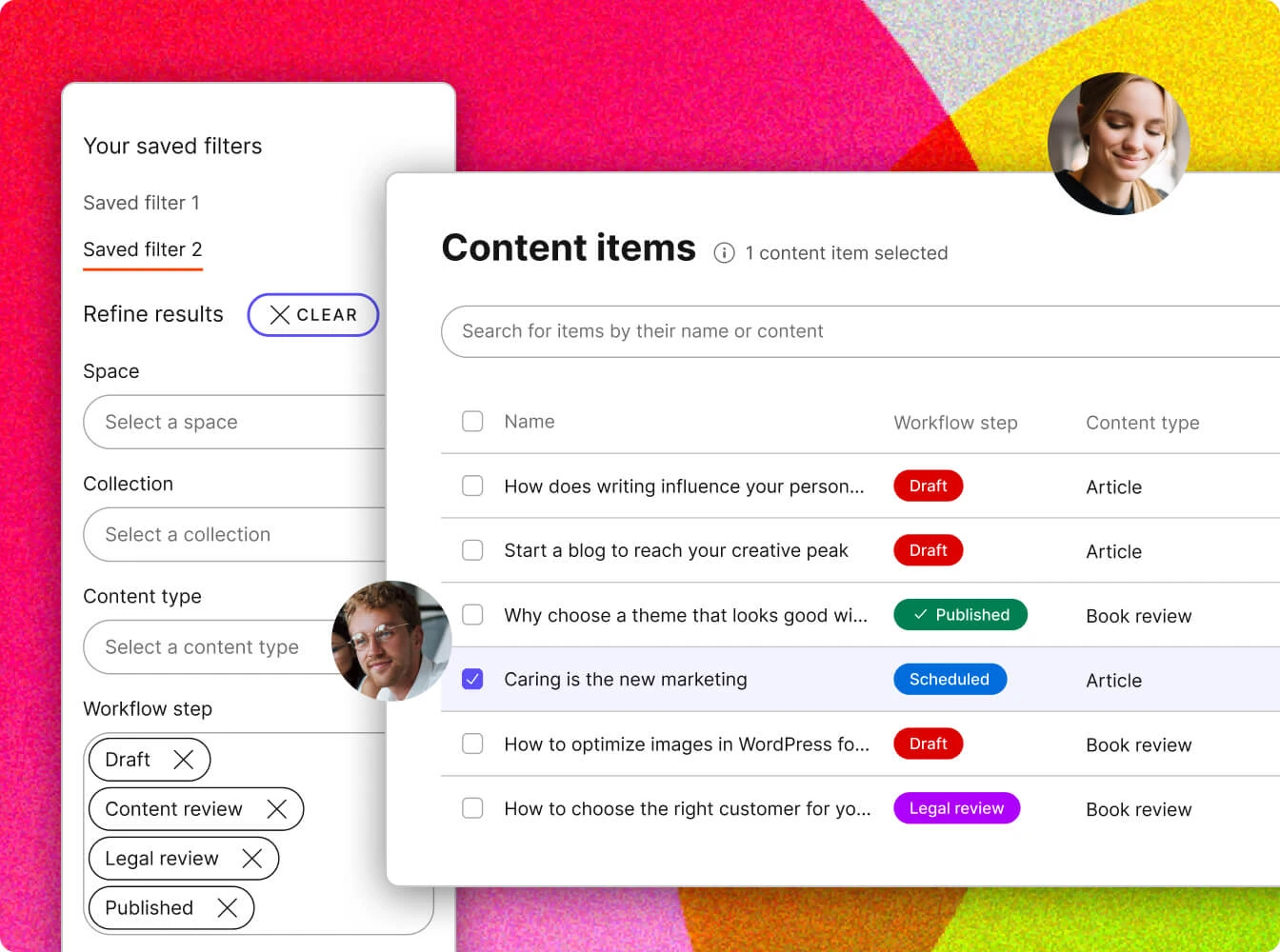
Kontent.ai helps you model, maintain, update, and optimize your single source of content truth, making everything secure, yet easy to work with.
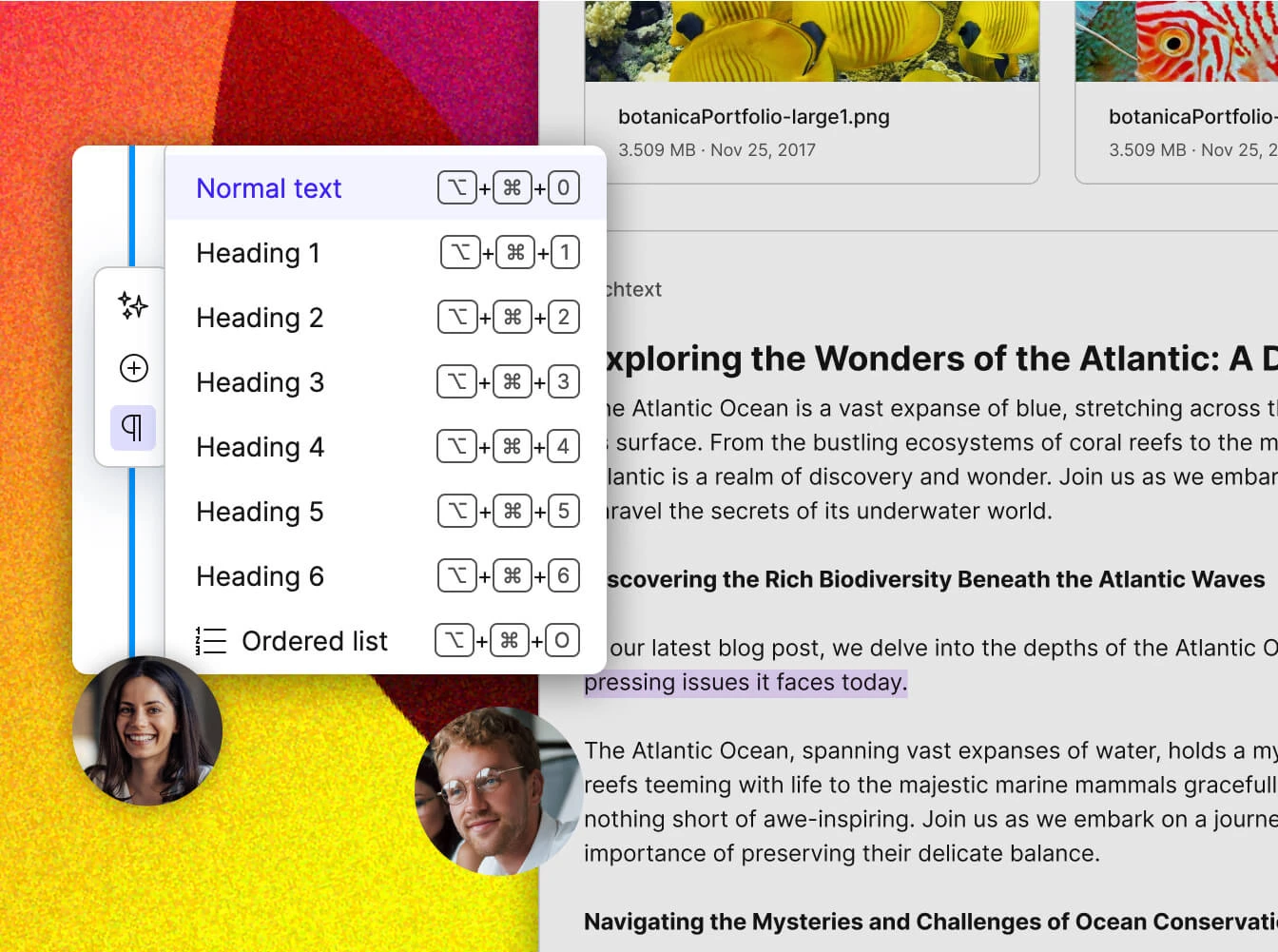
The content creation process in Kontent.ai is designed with authors in mind. From creating the first draft to selecting the perfect visuals, your teams are set up to succeed.
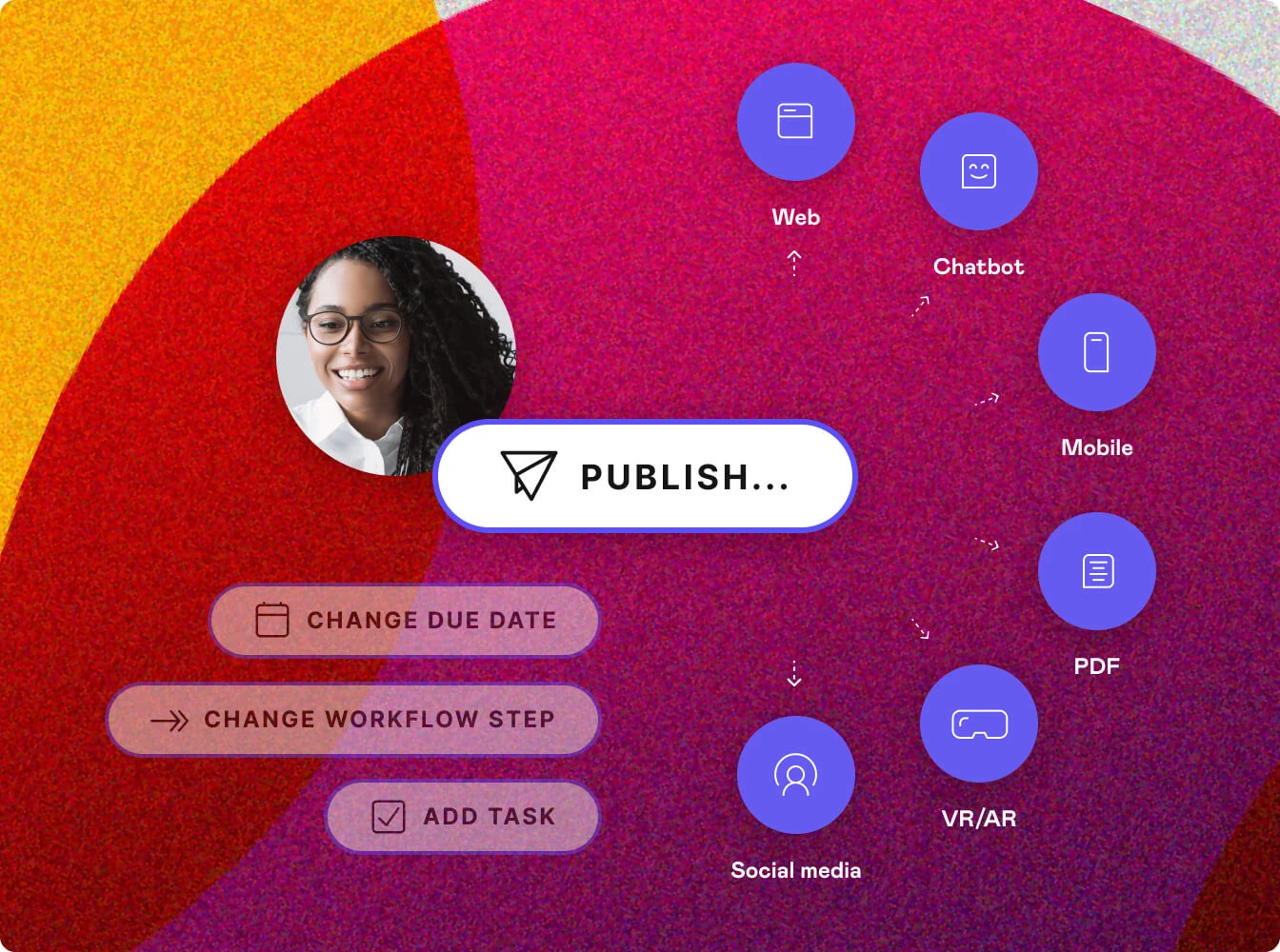
Kontent.ai helps you bring trustworthy and resonating content to market with approvals and publishing workflows that are flexible, automated, and governed.
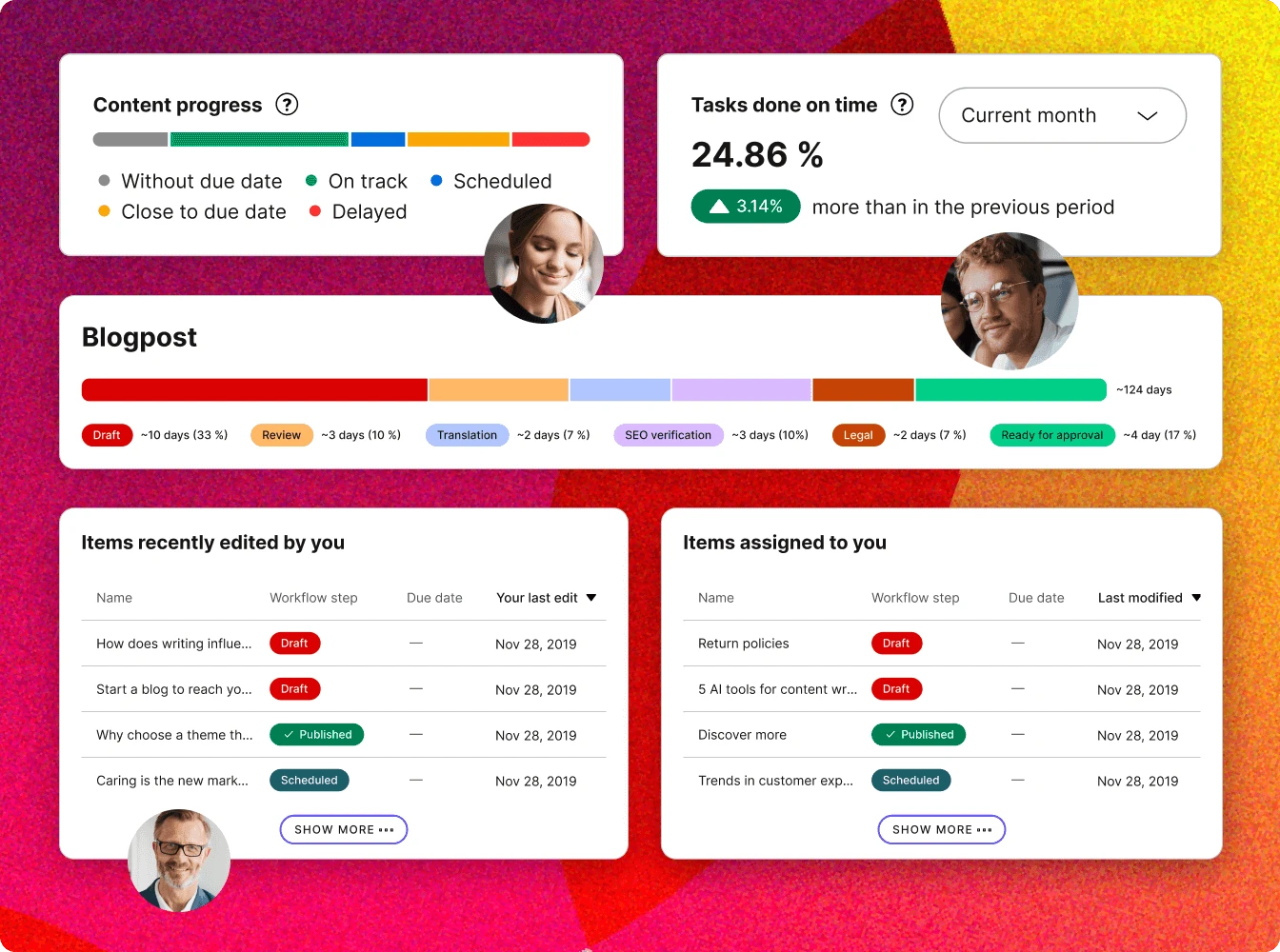
Get total visibility over all operations
Mission Control helps you monitor everything happening with your teams and processes, so you can find and fix any bottlenecks in your operations fast.
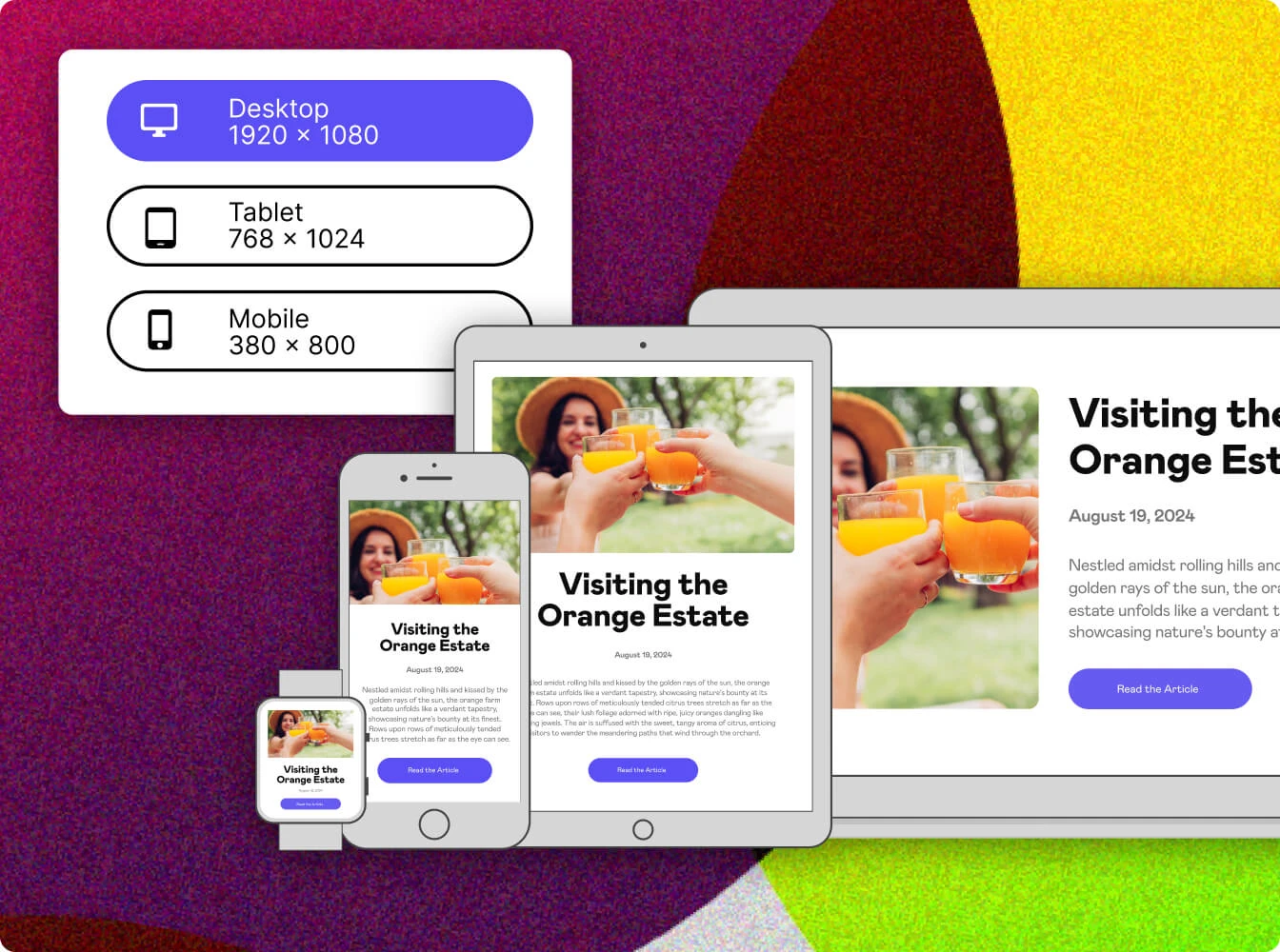
Kontent.ai supports development teams to work faster, with the tools and technology freedom to build experiences that look and feel great on any channel. Now and in the future.
From the moment we started talking to Kontent.ai we were thrilled with the support and assistance. They understood our needs and tailored solutions to support us. Now in place we are finding that Kontent.ai is supporting our needs and we have made significant improvements and savings as a result.
Choosing the right CMS involves more than just the license fee. Development and content production costs, infrastructure fees, and support can change the calculation significantly. Check out our Total Cost of Ownership (TCO) calculator to better understand the bigger picture.
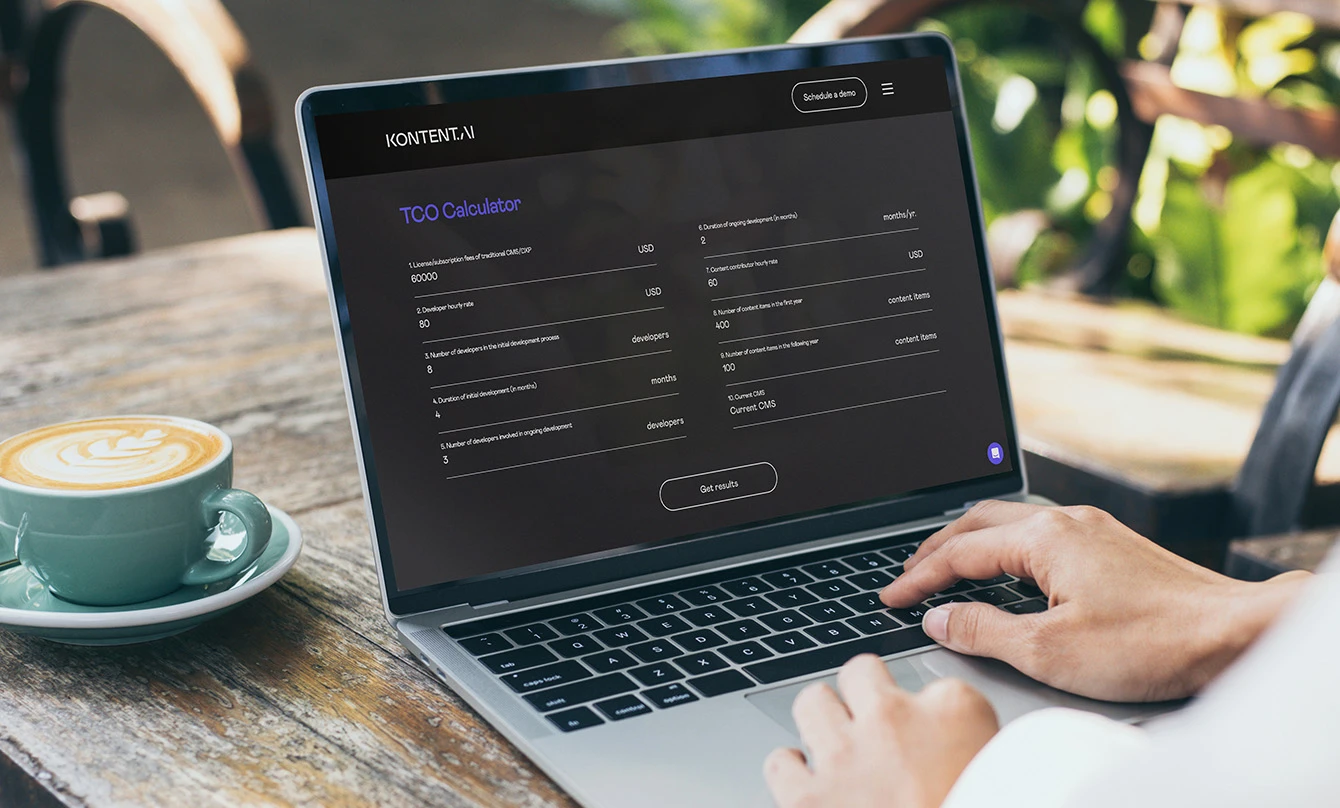
Loved by customers and analysts

Kontent.ai helped a composite organization deploy new content faster by 90% and achieve a 320% ROI in the commissioned Total Economic Impact™ (TEI) study by Forrester Consulting.
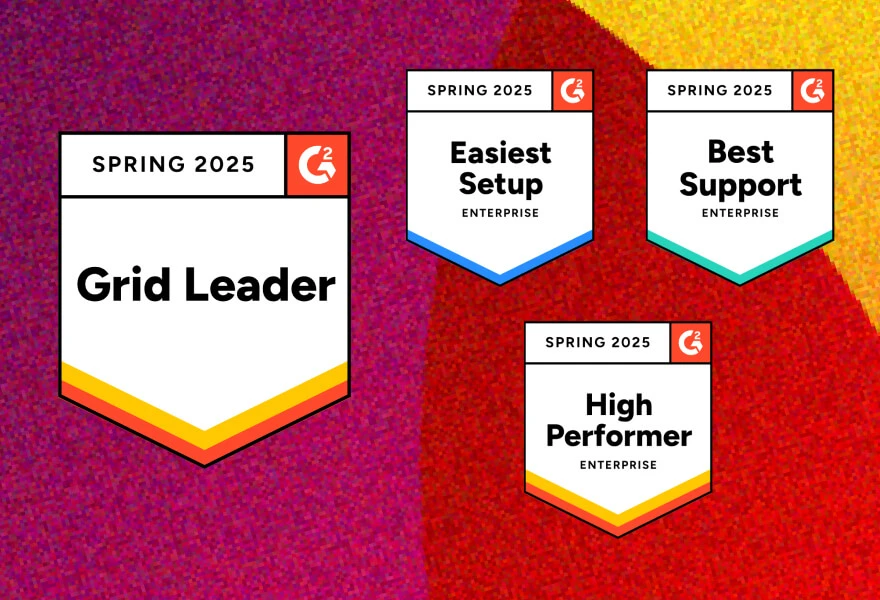
Kontent.ai has been voted a leader in Web Content Management for 6 years straight on G2, a platform based on real user reviews. Users also love our ease of use, flexibility, and support.
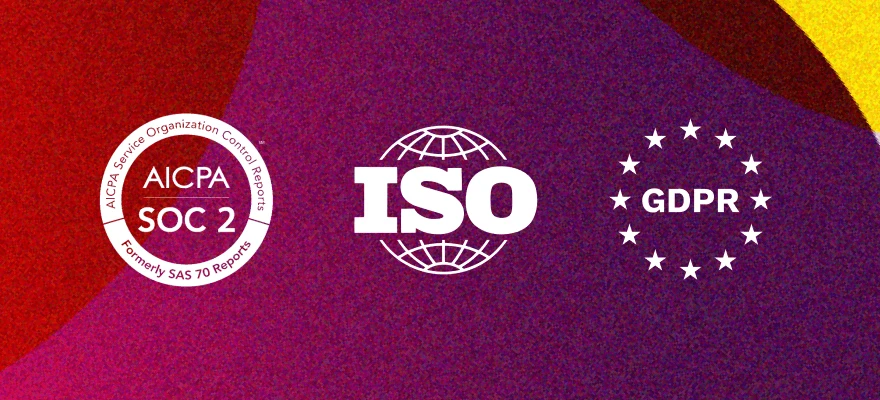
Our commitment to security and data privacy goes far beyond basic requirements, and includes SOC 2 certification, ISO 27001, 27001 SoA, and 27017 certifications, GDPR compliance, HIPPA compliance, CSA STAR recognition, GLBA compliance, and more.
See what sets Kontent.ai apart from Contentful in a personalized demo.